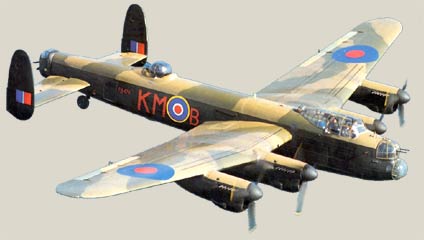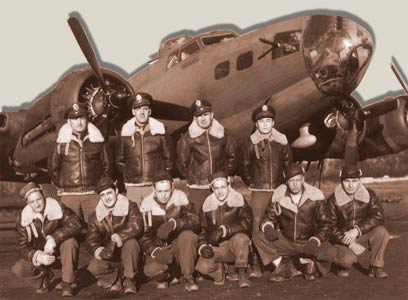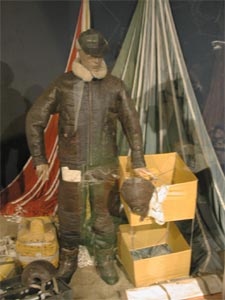EXTRACT OF : AIR MINISTRY PUBLICATION 1952 AIR SEA RESCUE |
| Home Gibson Girl (wokipi-kite) | Instruction manual | Origin of name | |||
 |
… One man saw an object floating in the sea and grabbed hold of it to give himself buoyancy. All seven surviving members of the crew managed to get aboard the first dinghy whilst the second one was being inflated and it was then found that the floating object was the dinghy radio. Although no one had any previous experience of this transmitter they managed to launch the kite aerial and an S.O.S. was automatically transmitted. A fix was made on this S.O.S. and six hours later search aircraft sighted the distressed crew. Two hours later they were rescued by a minesweeper diverted for the purpose. Subsequent interrogation revealed that no dinghy drill had ever been carried out in their squadron and although some of the crew remembered seeing the dinghy drill and diagram for a B.17 they had never taken the trouble to study it. This whole incident served as an example of the serious consequences that follow lack of training. A result of this incident was that further instructions were issued by VIII Bomber Command to ensure once again that training was carried out at all stations. Up to this time there was a general idea amongst United States crews that there was very little chance of being rescued once they went into the sea, and consequently there was a reluctance to ask for help until it was too late. |
Success of American Dinghy Transmitter. The rescue of the Fortress crew through the medium of their dinghy radio was the first successful incident due to its use, although in this instance the use of the transmitter was due to luck and not knowledge. No recorded rescue incident had so far been credited to the use of the British Transmitter but this could be attributed, to a large extent, to the fact that most ditchings of Royal Air Force bomber aircraft took place at night when conditions would always make it more difficult to remove loose objects from the aircraft at the time of ditching. On the afternoon of 21 May, Headquarters No. 16 Group obtained a fix on a dinghy radio transmission. High speed launches were despatched to the position and instructed to home on the dinghy radio. Despite sea-fog this was accomplished successfully and an entire crew of ten men from a B.17 was picked up on the evening of 22 May. The American set had definite advantages over the British model, in that it floated, it was shaped to fit between the knees of the operator, and was provided with a strap for fastening to an airman's leg to alleviate the strain of using it, and with a signalling lamp for use at night. |
 |
 |
Its disadvantage was the use of a hydrogen balloon or kite to carry the aerial (neither of which were practicable for windy weather) but in the summer of 1943 trials were carried out by VIII Bomber Command with the telescopic mast and rocket kite used for the purpose by the Royal Air Force. Use of British Rescue Equipment United States bomber aircraft of the Eight Air Force (and later the Ninth Air Force) in this country were provided with life rafts known as A.3 type. These each held five men, and two were carried in heavy bombers. United States fighter pilots were not provided with dinghies, and it was therefore agreed that we should supply them with " K " dinghy packs until such time as supplies of American fighter dinghies could be made available. The fighter pilots were also supplied with Royal Air Force type parachute harness as the American models had no quick release mechanism, and would be a handicap to anyone baling out into the sea.The American Mae West differed from the British pattern in having no supporting collar or pad behind the neck, and an unconscious man in the sea rapidly drowned, as his head was liable to slip down in the water. In November 1942 it was considered that bomber crews should be also provided with single-seater dinghies, but as seven different types of parachutes were furnished to United States combat crews standardisation of parachutes and harnesses would have been necessary before a dinghy pack could be worn, and the idea was accordingly abandoned. (At a much later date American bomber crews were supplied with the American single-seater dinghy.) |
An interesting incident recorded in the Press in May 1943 was that of nineteen merchant seamen adrift in a lifeboat in the Atlantic, four hundred and fifty miles from England, to whom a dinghy transmitter was dropped by a patrolling Sunderland of Coastal Command. For four days after the lifeboat had been spotted by the Sunderland the weather was so bad that searching aircraft could not re-sight the boat. On the fifth day a faint S.O.S. from the dinghy radio caused new areas to be searched, still without success. Two days followed in which signals were heard intermittently and on the eighth day the signals were received in sufficient strength for a destroyer to home on them and pick up the boat's company. |